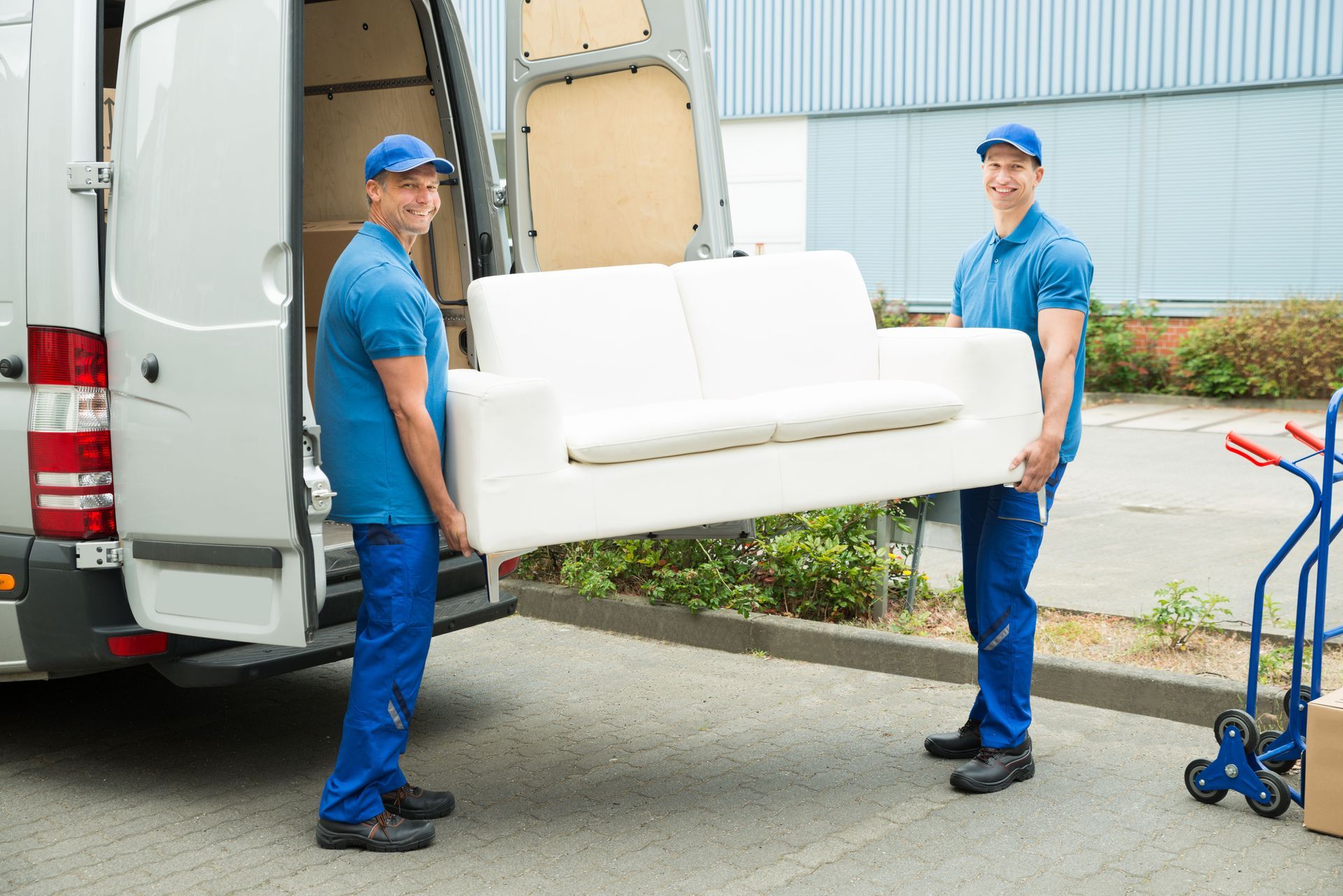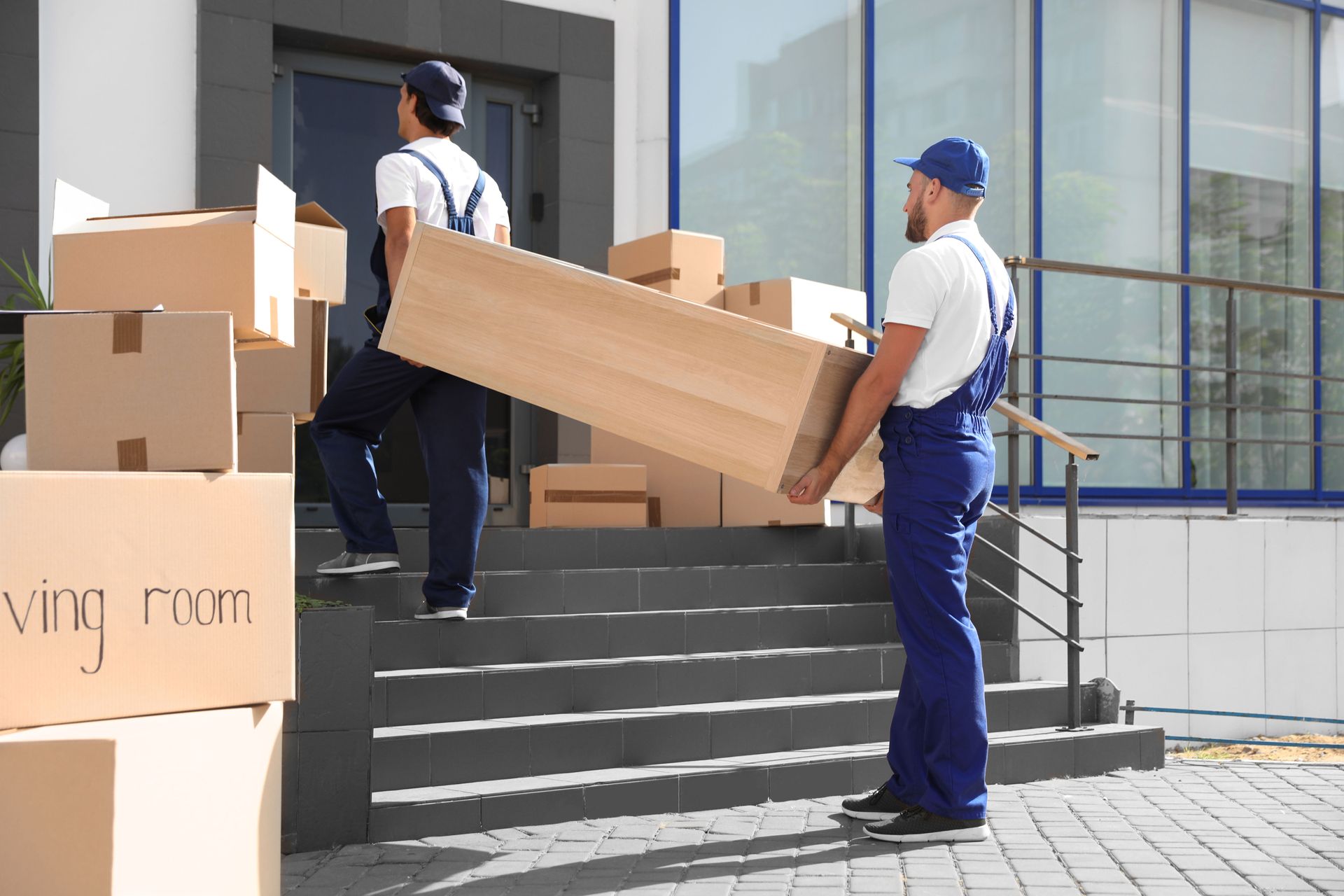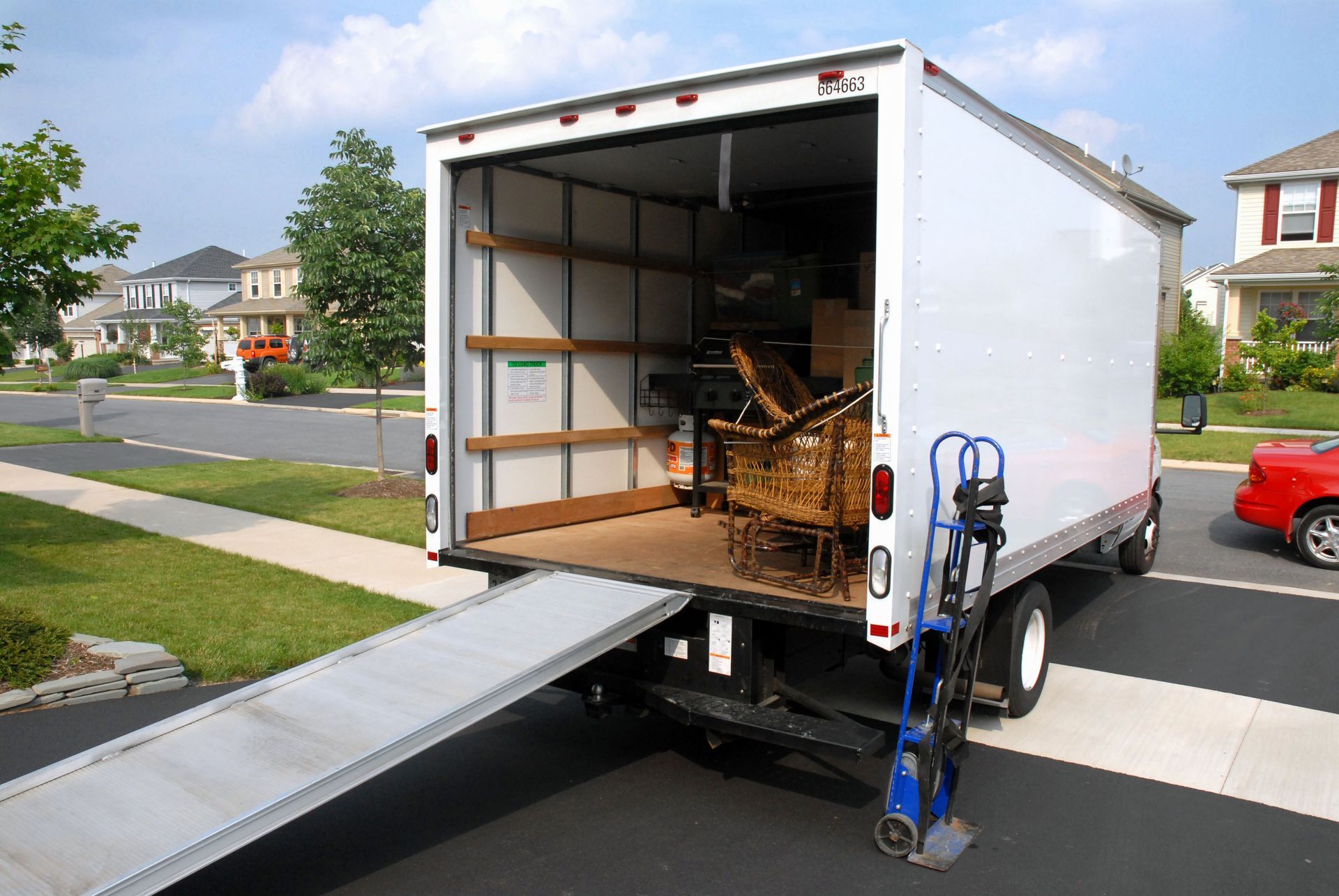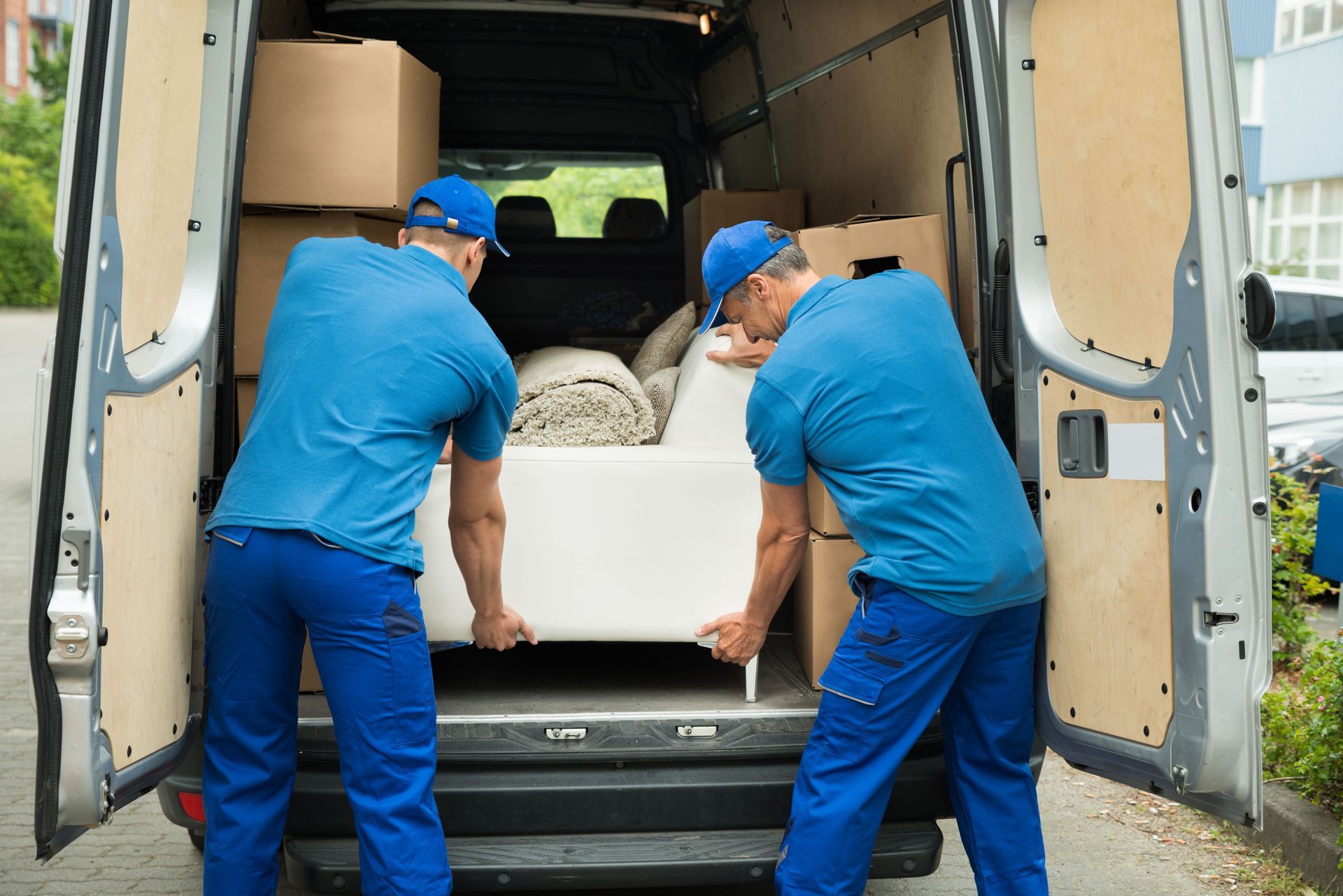How to Safely Move Antique Furniture Without Damaging It
Moving antique furniture isn’t just another household chore—it’s an art form that blends care, precision, and expertise. These timeless pieces represent more than craftsmanship; they carry personal stories, cultural heritage, and often significant financial value. Because of their age and fragility, even minor mistakes can lead to scratches, splits, or permanent damage. Proper planning, packing, and handling are crucial to preserving their beauty and worth. A professional moving service with experience in antiques can make the difference between a smooth transition and a heartbreaking loss. This comprehensive guide explains how to safely move antique furniture while ensuring it arrives intact, elegant, and ready to adorn its new space.
Recognize the Unique Value and Fragility of Antiques
Antique furniture—often defined as pieces over 100 years old—embodies artistry and craftsmanship that modern manufacturing rarely replicates. Each table, dresser, or chair carries unique marks of history, from hand-carved flourishes to the original hardware forged generations ago. Understanding this history helps movers appreciate why these items require extra attention. The wood may have softened, joints loosened, or finishes aged, all of which heighten vulnerability during a move.
In addition to structural fragility, antiques hold emotional and market value. Many are cherished family heirlooms passed through generations, connecting owners to their heritage. Others possess substantial monetary worth, especially rare or well-preserved examples of certain styles. Both sentimental and financial considerations justify taking added precautions. Evaluating these factors before moving ensures every decision—from packing materials to transportation—is guided by respect for the piece’s significance.
Recognizing fragility also means identifying vulnerable components such as carved legs, thin veneers, or decorative trim that could easily chip or crack. Awareness of these details forms the foundation of a careful relocation plan. When in doubt, professional appraisers or conservators can offer insight into the true value and condition of each antique, helping shape how it should be handled and insured.
Prepare Thoroughly Before the Move
Preparation is the most important step in preventing accidental damage. Begin by conducting a full inspection of each piece. Photograph every surface, noting pre-existing scratches, fading, or loose joints. These images can serve as proof if you need to file an insurance claim later. Next, check for detachable components—like drawers, glass panels, or legs—that can be safely removed and wrapped separately.
Clean each item using materials suited to its finish. Avoid harsh cleaners, opting instead for mild, non-abrasive products and soft cloths. This prevents dirt or grit from scratching surfaces when wrapped. Once clean, protect delicate finishes by applying padding or quilted blankets. Acid-free paper is an ideal base layer, as it prevents chemical reactions that can discolor wood or fabric.
For those unfamiliar with antique handling, consulting an experienced moving service adds an extra layer of assurance. These professionals understand how to maneuver, secure, and transport fragile pieces safely. Their insight can save time and prevent costly damage that might occur with DIY attempts.
Use Proper Packing Techniques and Materials
Packing is where preparation meets execution. The right materials create a protective barrier that cushions antiques against bumps and vibrations. Start with acid-free tissue or paper to wrap exposed wood or fabric, followed by a layer of bubble wrap or foam padding. For highly valuable items, consider double-wrapping or using custom-fit crates for maximum stability.
Heavy furniture such as armoires or dining tables should be covered with thick moving blankets secured tightly by stretch wrap or packing tape. Pay special attention to corners and legs, as they are most vulnerable to impact. Smaller items can be placed in reinforced boxes lined with padding, while mirrors and glass panels should be wrapped separately, taped in an “X” pattern, and clearly labeled as fragile.
Proper packing not only protects furniture from physical harm but also prevents exposure to humidity or temperature fluctuations during transit. These precautions ensure your antiques maintain both their structure and appearance. A reliable moving service will often supply or recommend professional-grade materials designed specifically for delicate and antique items, ensuring optimal protection.
Handle and Move Furniture with Caution
Even with perfect packing, improper handling can quickly lead to disaster. Large or awkwardly shaped antiques require coordination and teamwork. Always lift from the base, never by handles, arms, or protruding details. Use your legs for strength—never your back—to maintain control and prevent injury.
When moving across floors, employ dollies or furniture sliders to minimize friction and prevent scratching. Carpeted surfaces may require a plywood pathway to maintain balance and avoid tipping. For narrow passages or stairways, plan every move before lifting. Communicate clearly with helpers to synchronize movement, adjusting slowly through tight turns.
Particularly fragile items should be carried by at least two people, ensuring even weight distribution. Avoid stacking antiques or placing heavy items atop them in a moving truck. A professional moving service can handle these challenges with precision, employing the proper equipment and safety techniques to safeguard both the movers and the furniture.
Choose the Right Transportation Method
The transportation stage introduces its own risks, so choosing the proper vehicle is critical. A van or truck equipped with a soft suspension system minimizes vibrations that can loosen joints or damage finishes. For long-distance relocations, a climate-controlled vehicle helps maintain consistent humidity and temperature, preventing wood warping or cracking.
Before loading, line the truck’s floor and walls with padding or moving blankets. Secure all furniture with heavy-duty straps to eliminate shifting during travel. Each piece should be placed upright when possible, avoiding pressure on fragile legs or ornate carvings. Balance the load evenly to reduce strain on any single item.
If transporting multiple antiques or an entire collection, a specialized moving service offers the most reliable protection. These professionals use padded crates, adjustable tie-down systems, and temperature-regulated trucks specifically designed for valuable items. According to Fact Bites, around 31 million Americans move every year, underscoring the importance of professional expertise to prevent loss or damage during relocation. Partnering with a reputable service ensures that your antiques receive the same level of care in transit as they did in your home.
Inspect, Restore, and Maintain After the Move
After the move, resist the urge to unwrap everything quickly. Begin by inspecting each piece against your pre-move photos and notes. Document any new scratches, dents, or loosened joints immediately. If damage occurred, contact your moving service and insurance provider right away to report it. Unpack carefully, removing wrapping materials without sharp tools that could accidentally scratch surfaces. For disassembled items, reattach parts gently and confirm they’re properly aligned. Clean the furniture again using appropriate products to remove dust or residue left from transport.
If minor imperfections appear, consider hiring a professional restorer. These experts can repair structural weaknesses or surface blemishes without diminishing authenticity or value. Long-term maintenance—like regular dusting, controlling humidity, and applying protective finishes—preserves antique quality for future generations. For those placing furniture in storage, choose a climate-controlled facility that prevents moisture buildup and temperature extremes. Even in storage, wrap items in breathable materials to protect against pests and dust. A consistent care routine ensures antiques remain strong and beautiful for decades to come.
Safely moving antique furniture is an intricate process that combines planning, patience, and professional expertise. From understanding an item’s fragility and sentimental worth to packing it with precision and choosing the right vehicle, every decision contributes to preserving its legacy. After relocation, thorough inspection and maintenance keep these heirlooms looking their best. Entrusting the process to a qualified moving service ensures your antiques are treated with the same respect and attention they’ve earned over time. For a dependable, detail-oriented experience, trust Goodfellas Moving Company—where every piece of furniture is handled with care, craftsmanship, and commitment.












Share On: